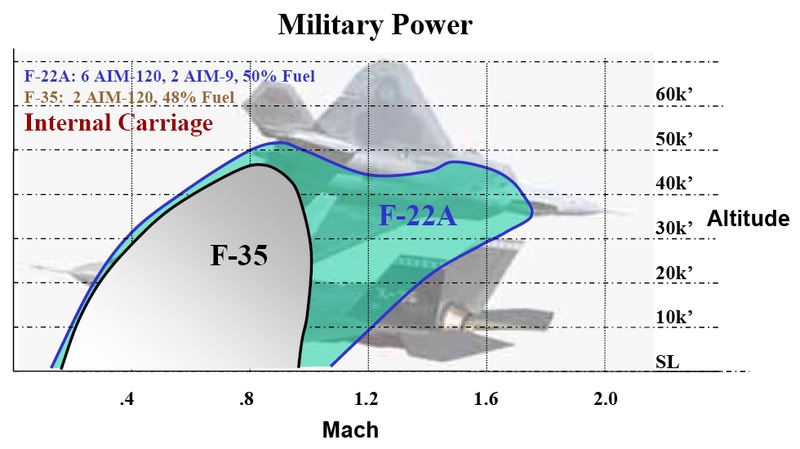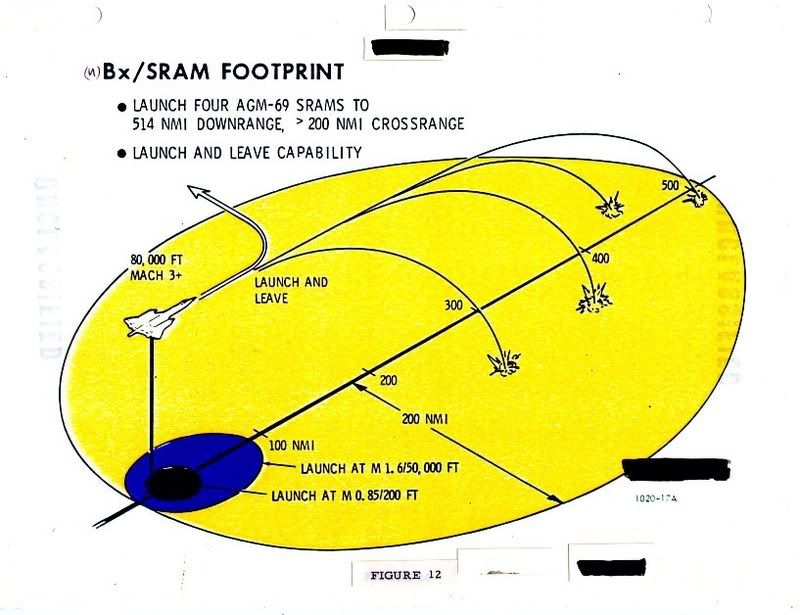As far as my literature goes the ATF requirement and the USAF definition has always been: sustained level speeds of mach 1.5, or better, without the use of afterburner while in a tactical weapons loadout.Not quite. That definition is chosen for one reason, & one reason only: it's what the F-22 can do & other fighters can't. The LM definition is derived entirely from F-22 performance. All arguments they use in favour of that definition are post facto. We know this precisely because of how their definition has changed over time: it has always matched the published F-22 performance figures, & excluded other aircraft. When another aircraft has demonstrated performance that matched the LM definition, LM has changed their definition.
Call me cynical if you like, but I've tracked the changes over the years, & the pattern is unmistakable. And personally, I strongly dislike having the meanings of any terms dictated to me by any firms marketing department, & I therefore reject the LM definition. I'd do the same if it was a Dassault, Sukhoi, Saab or any other firms definition, or a politician distorting language, e.g. Margaret Thatchers attempt to redefine "federal" to mean "centralised". I object on principle to the mutilation of language to suit the aims of particular individuals or groups. It is a pernicious practice, which should be resisted wherever it is attempted.
Regards,
B. Bolsøy
Oslo


